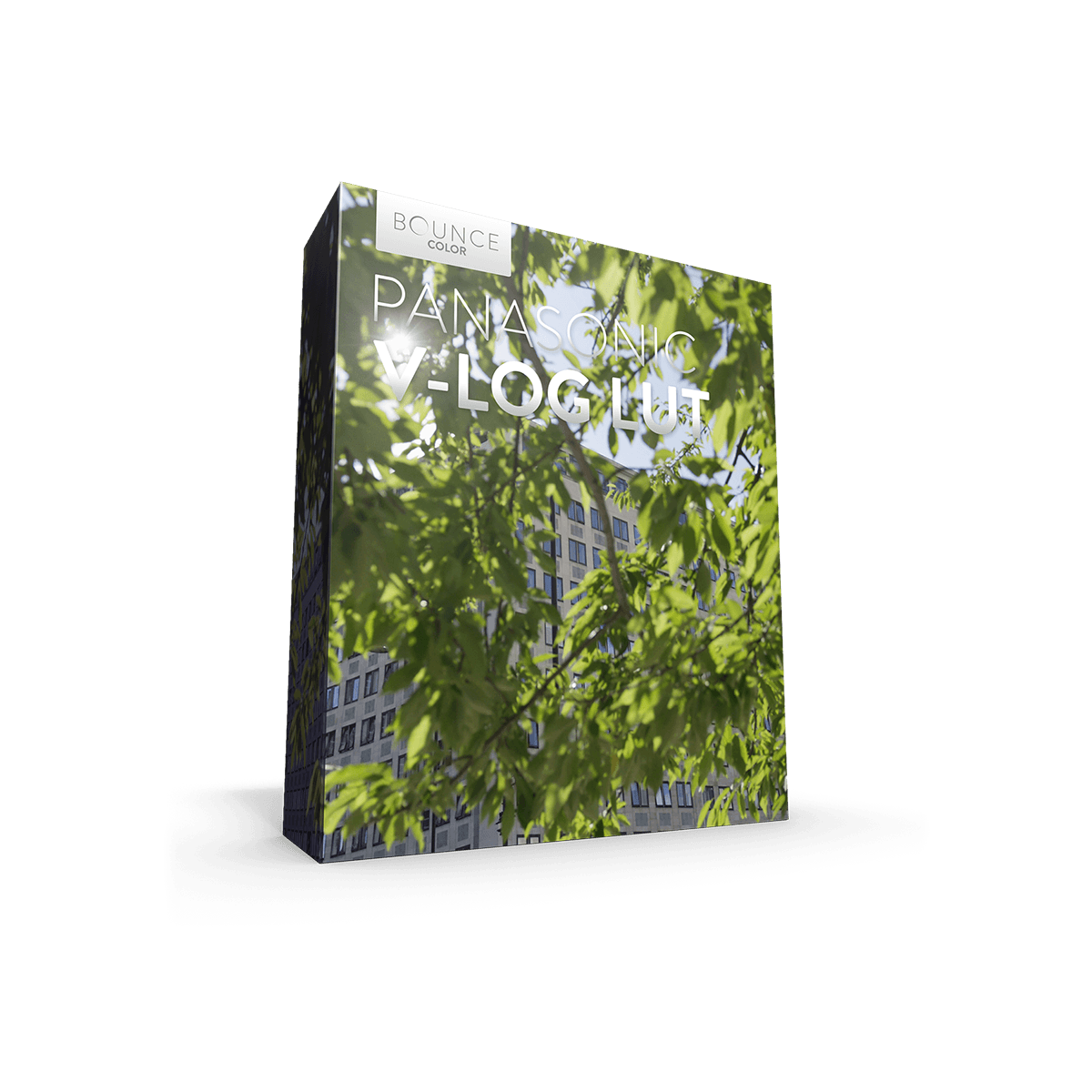

it works perfectly.Īnd for some other scenes, can do horrid things to those poor pixels.Ĭolorists refer to LUTs as "the dumbest math out there" for a reason. for a perfectly lit and exposed scene, with totally controlled proper contrast and color. The one that the media used to create it was shot in.

Simply being practical here.Īny LUT is realistically built for one situation. Especially compared to say a well cooked transform process.Īnd in far less time than you've spent looking for "the perfect LUT" you could have made several of them to fit all your needs. Then make several that will work better for different practical uses. They'll apply the manufacturer's LUT to a ramp and a couple charts, see what it does. I work with and teach a bunch of colorists. And I've finally got the engineers considering switching the LUT to the bottom of the Basic tab. I don't ever recommend applying any LUT in the Basic tab. And avoids clipped, crushed, and/ or over-saturated pixels.Īnd second, you can dial the LUTs effect up or down also. period.Īnd it's best to apply any LUT via the Creative tab's LUT slot, for two reasons.įirst, with the LUT applied in the Creative tab, you can go to the Basic tab's tonal and saturation controls and trim the clip to fit the LUTs "shape". It's easy to do, and again you can make them for different exposure and contrast situations. I wasn't suggesting making a "look" LUT, simply making your own normalization LUT. Fast to apply in bulk to batches of clips, fully adjustable later. Or alternatively, rather than making LUTs, simply save each iteration as a Lumetri preset. To use them, I suggest applying LUTs from the Creative tab's dropdown slot, as then you can 'trim' the clip using the Basic tab tonal controls to fit within the LUT, and also use the 'amount' control of the Creative tab's LUT slot to adjust the amount of the effect of the LUT. Make several, named for whether they're for low or higher contrast scenes.

When you have a 'full' image, then use the Lumetri panel 3-bar menu to save yourself a. Season with shadow and highlight controls, add Saturation and maybe Vibrance from the Creative tab.
#Clog to rec709 lut full#
Then use Contrast to widen out the image to as full a range as you want. Use the Basic tab's exposure control to get the middle of the displayed signal in the scope centered on the 50% middle line (left side scale). Start with scopes up, Waverform in either RGB or YC no chroma. The C100 produced a very "normal" log rolloff, so it's pretty easy to use the controls in Lumetri to stretch it back out to "normal" appearance.
#Clog to rec709 lut series#
You can roll your own in Lumetri easily and quickly, and make a series of them for your shooting situation. Reading online, not a lot of people are thrilled with most of the 'official' LUTs for the C100, but also say it's pretty easy to make good ones yourself. And they will if you don't have an appropriate one, and even then, if your clip doesn't exactly match the exposure and contrast the LUT was prepared under and for. They're very useful for certain things but don't know or care about mucking up your pixels. Colorist's call LUTs 'the dumbest math out there".


 0 kommentar(er)
0 kommentar(er)
